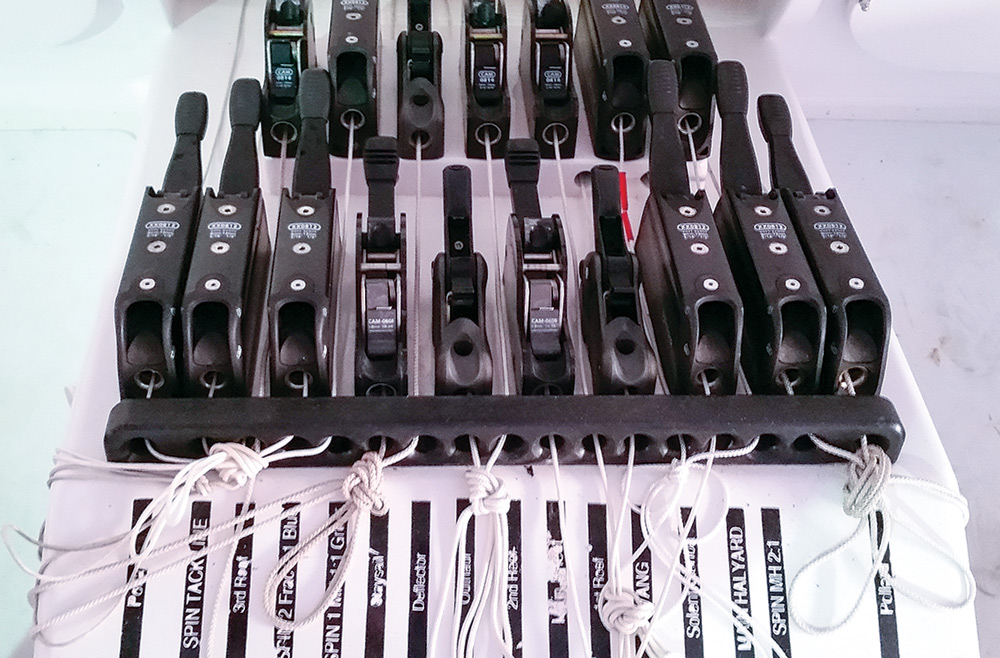How to start sailing shorthanded
With a few tips and some practice you can spend more time sailing your boat and less time waiting for crew
It’s another beautiful weekend; the wind is steady at 8 to 10 knots, the water is calm, the boat is rigged, and your friends just called to say they can’t make it this afternoon. You ask yourself, “Did I buy this boat to work on it or to go sailing?” You’re not alone. Though a few sailors would go out anyway, many are intimidated by sailing shorthanded. But that doesn’t have to be the end of what should be an excellent day on the water.
I started sailing at age 12 with a dream of sailing the BOC, the first singlehanded race around the world. I was adventurous, young and invincible. Shorthanded sailing is second nature to me, having raced boats singlehanded for many years. What I’ve discovered is that there is an immense joy in sailing your boat shorthanded and it’s not hard to get started.
How to get away from and back to the dock

Once the boat is rigged, the engine oil checked, gear stowed, winch handles in pockets, drinks in drink holders, VHF radio on and the engine is running, I use the breast line to hold the boat at the dock while I remove the other dock lines. The boat may swing in the slip and rub against one of your fenders, but that’s what boats do. Once on the helm, your doublehanded partner can undo the breast line and guide you back out of the slip. If you’re alone, plan to release the breast line, walk back to the helm and motor out of the slip. When the line is set up correctly, it’s only a few seconds between the release and having your hand on the helm.
The breast line works the same way when returning to the dock. Get the boat to the dock, ensure the engine is in neutral, lasso the dock with the breast line and secure it. Then you can tie up at your own pace. Be sure to undo the breast line once you’re tied up. Practice with a crew onboard several times, and you’ll be on your way.
Who’s driving this boat?
Your other friend on the boat is your autopilot. Autopilots come in two forms: a human being or an electronic device that steers the boat while you do other things. Yes, helming is essential, and all crewmembers should have some experience driving the boat. If you have a partner, both of you should practice helming the boat in and out of the slip and during sailing maneuvers. If something happens to either of you, the other must know how to drive the boat.
When you’re sailing solo or a partner isn’t available, having a reliable autopilot is vital to enjoying your time at sea. The cheap, used one you found at the resale shop is not what you want. Invest wisely and upsize to a unit one step larger than the one rated for your boat length. There will come a time when the wind pops unexpectedly, and that extra hundred bucks will have been well spent. An appropriately sized tiller or wheel pilot on your boat will give you years of joy. The first time I singlehanded on the C&C SR 33 Geronimo, I was on the bow and setting up the asymmetrical chute for the run down from South Haven, Michigan. I looked back to see the boat sailing on its own; that memory still gives me goosebumps! There’s no way to explain the feeling when the boat reaches along by itself, with you as a passenger. Ensure you and your partner can helm the boat confidently and buy a good autopilot. Remember, autopilots don’t have eyes so you should always keep a lookout for traffic and hard ground.

Comments